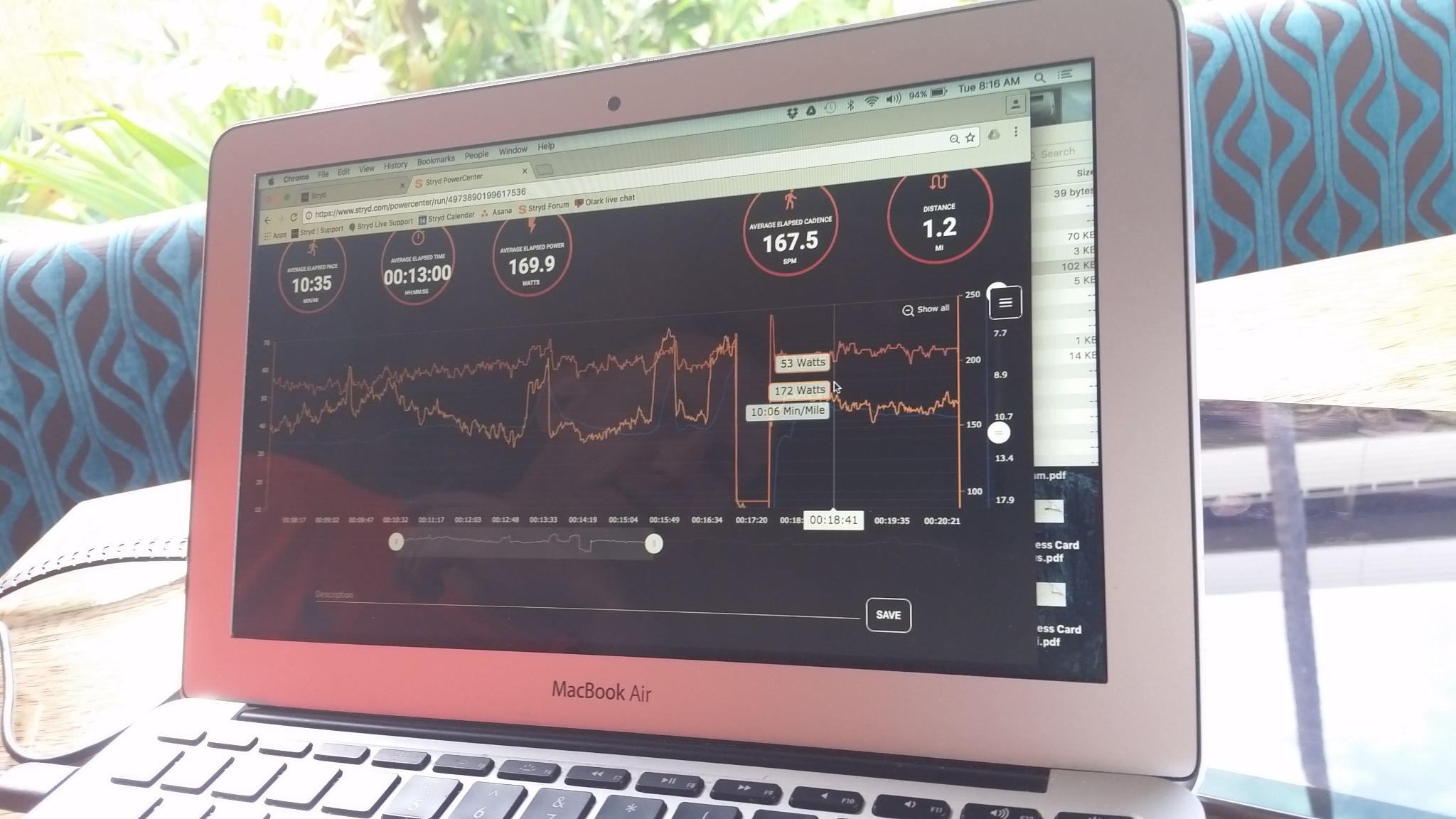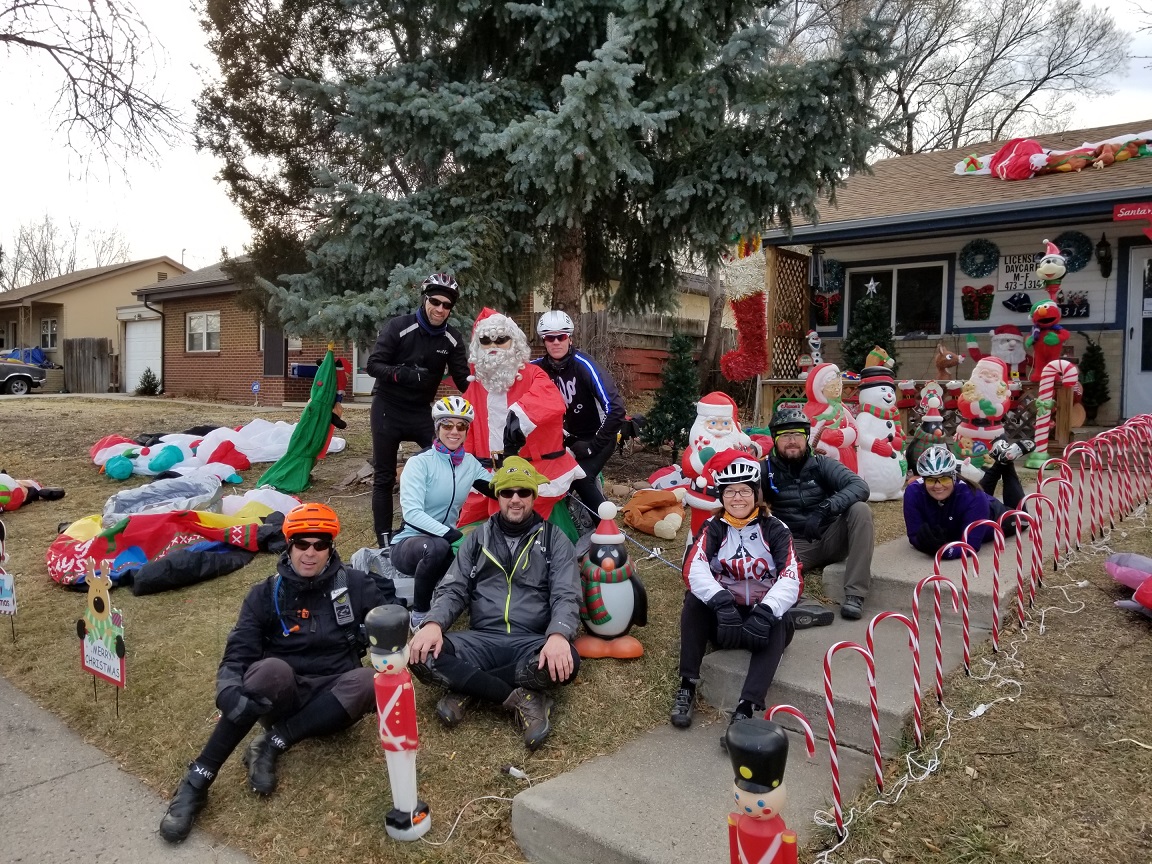I’ve been aware of the power meter for running for over a year now, I just never had the chance to test one out. And being out in Kona for the IRONMAN World Championships, all the companies related to triathlon and endurance sports are out here, including Stryd. As a Colorado company, I’ve watched how it’s evolved a little through my involvement with 303triathlon.com. Tuesday morning they were demonstrating the new footpod version of the device, so I went to check it out.
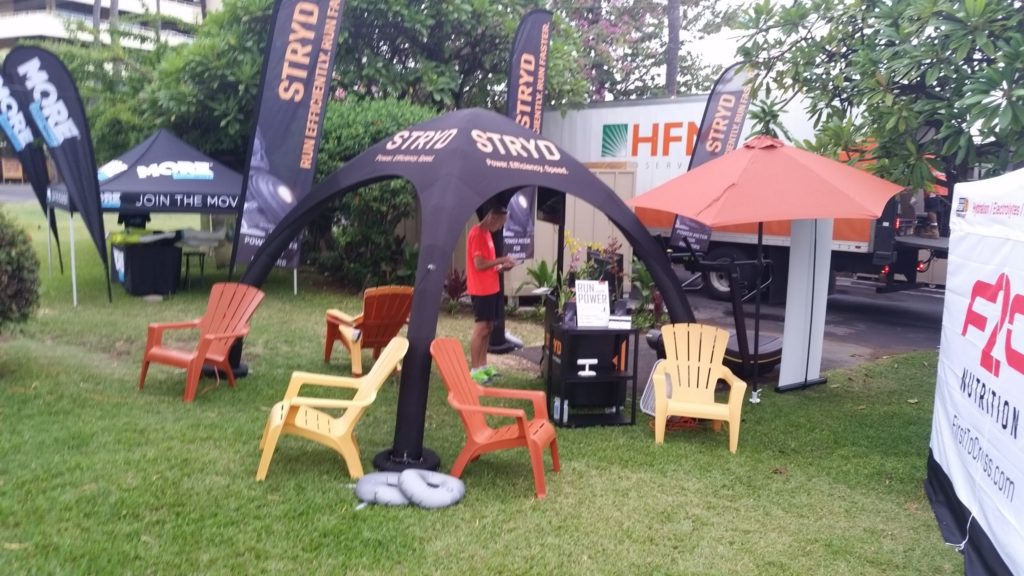
I walked down to the Stryd tent and met Adam, who set me up with a Garmin 630 and the footpod unit. It’s very light (7g) so I couldn’t tell it was there. Stryd had already paired the pod with that particular Garmin unit, so once I was ready, I headed out for a run on Ali’i Drive.
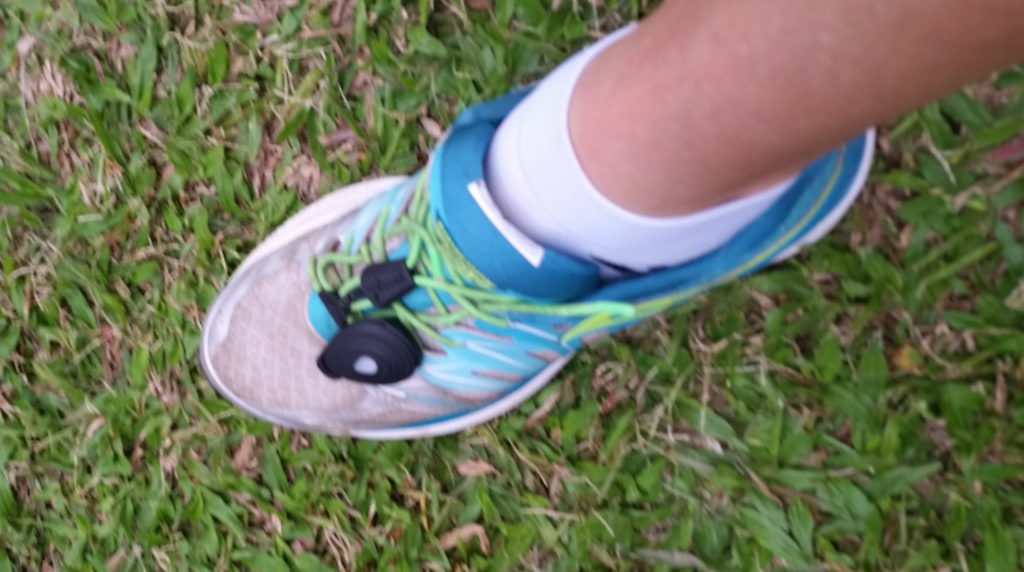
I had no idea what my initial power would be. and I wasn’t concerned with the actual number. I was more interested on this first use as to see trends. What happened when I went faster. How did the number change when I went up a hill, down a hill, and when I pushed the pace, and when I went easy.
The power metric for running is different than that of a bicycle power meter, and takes several variables into account, and since I don’t have any previous data, I couldn’t put anything into the number. But since I know you are curious, it was about 160W. (I’ll have a follow-up post on this with more of the specifics after I attend a more technical session.)
Why train with running power? Similar to training with power on a bike, this device is meant to help keep an athlete at a steady energy output without having to worry about heart rate or pace variation. For example, it’s more challenging to run up a hill, and with HR being a lagging metric, sometimes it’s more difficult to keep effort constant. We know that if we are riding a bike with a power meter, we can keep a steady effort by keeping our power output the same. The Stryd power meter allows you to do the same thing when running.
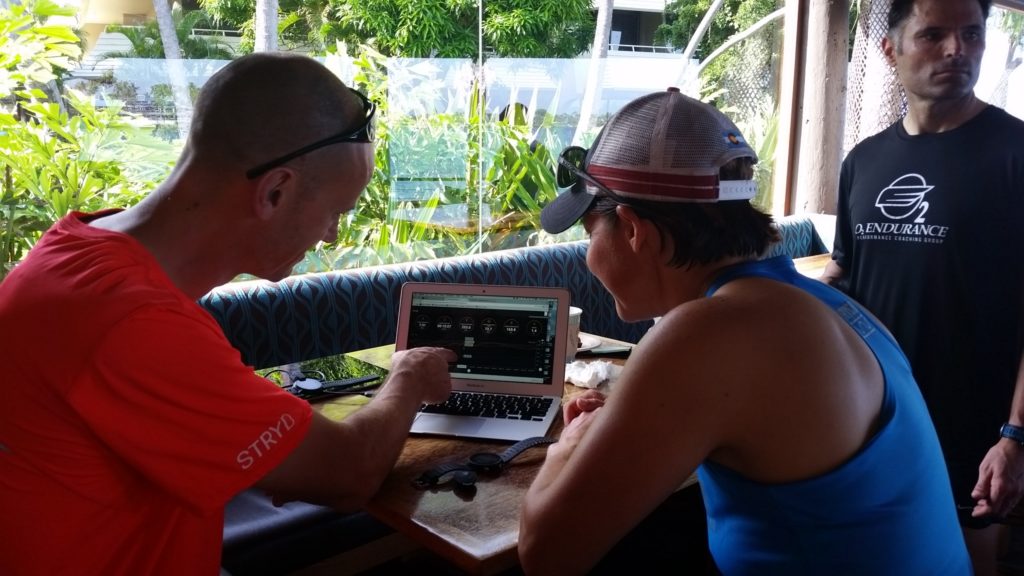
After about a 5k jaunt with some pick-ups on the rolling Ali’i drive, I returned and we went inside Huggo’s to look at the data. The analytics are interesting. In addition to the basic power number, the unit provides metrics called form power and leg stiffness. I’m interested in learning more about these metrics, and hopefully will be able to address them in a little more detail in the next post on running with power.

